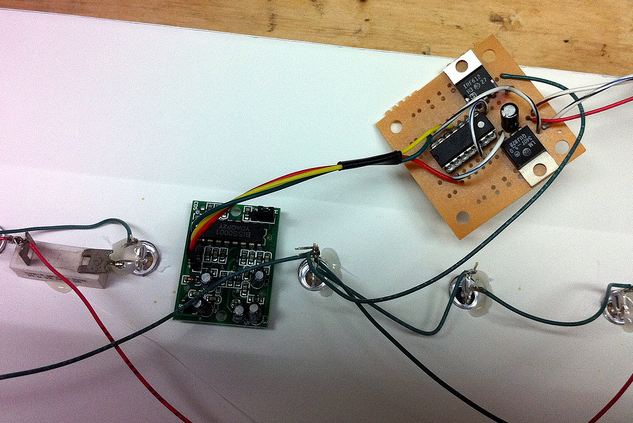Automate lights in your kitchen area

This project describes an automatic light system for kitchen sink where you need sufficient light to properly clean your dishes and vegetables. It uses an ATTiny84 microcontroller with a PIR motion sensor. When motion is detected, the microcontroller turns on the light. The light source consists of 10 bright white LEDs that are driven by a IRF612 MOSFET. One advantage of using a microcontroller is you can create light fade-in and fade-out effects using PWM.
Read more
